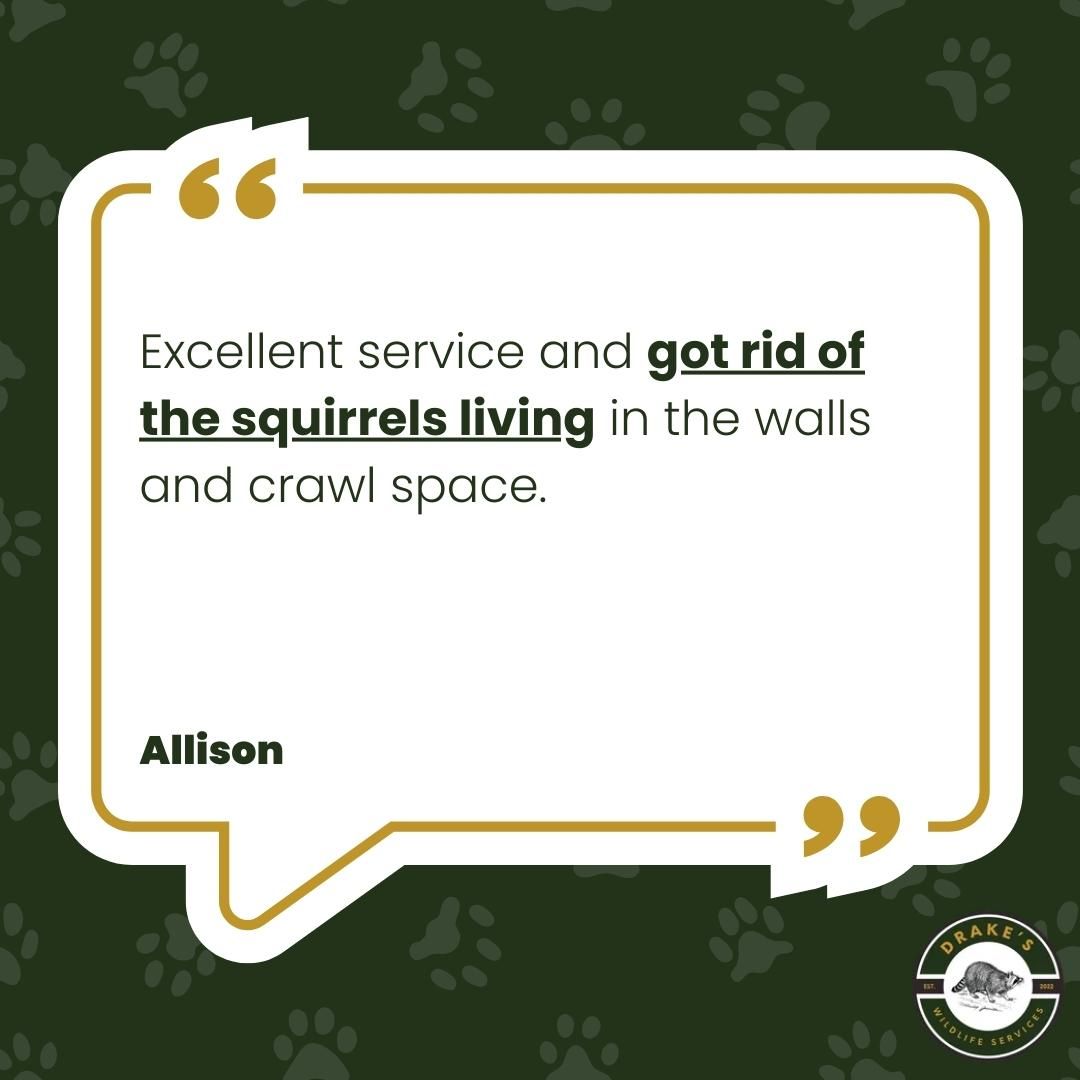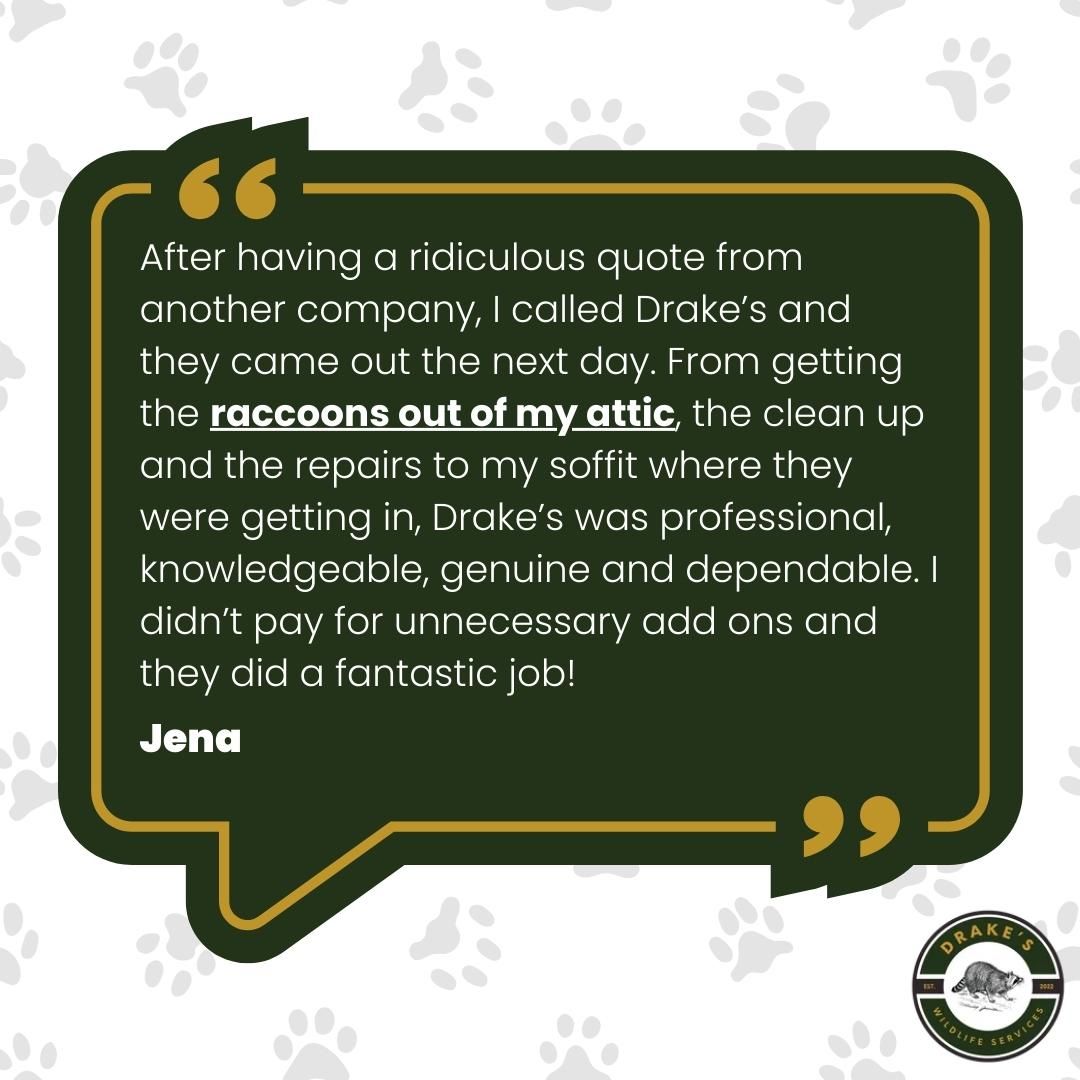Red Squirrels and Raccoons in Winter: Understanding Their Hibernation Patterns and Risks to Your Property
When winter approaches, humans prepare by bundling up, sealing drafts, and settling in for cozy months indoors. For wildlife, the preparation is even more critical. Red squirrels and raccoons adapt to the cold months in unique ways, and while their strategies are fascinating, they can become problematic when these animals decide that your home is the perfect winter retreat.
Understanding the winter habits of red squirrels and raccoons can help you identify potential issues and protect your home from the damage these animals can cause during their "hibernation" season.
Red Squirrels in Your Attic
Red squirrels, unlike their gray counterparts, are known for being territorial and active throughout the winter. These small but feisty rodents take an industrious approach to surviving the colder months.
- Caching Food for Winter Survival: Red squirrels don’t hibernate. Instead, they cache large amounts of food—such as pine cones, nuts, and seeds—in multiple locations to sustain themselves. Some of these caches may even end up inside your walls or attic, where the squirrels feel protected from predators.
- Seeking Warm Shelter: While red squirrels often nest in tree cavities or leaf nests, they are opportunistic when it comes to warmth and safety. Gaps in roofing, eaves, or vents can attract them to your attic, where they build nests using insulation, paper, or other materials they find.
- Noise and Damage: If a red squirrel settles in your home, you'll likely hear their activity—scratching, scurrying, and gnawing sounds, particularly during the day when they are most active. Their chewing can damage wires, insulation, and wooden beams, posing risks like electrical fires and weakened structures.

Raccoons in the House
Raccoons do not hibernate, but they do enter a state of torpor, a kind of light dormancy, during the coldest parts of the winter. While in torpor, raccoons stay in their dens for days or weeks, conserving energy and relying on their body fat to survive.
- Winter Dens in Suburban Areas: In the wild, raccoons nest in hollow trees, abandoned burrows, or rock crevices. However, in urban or suburban settings, they are more likely to choose chimneys, attics, or crawl spaces as their winter homes. Your property’s warmth and protection from predators make it an ideal shelter.
- Infrequent but Problematic Activity: Even in torpor, raccoons remain alert and occasionally venture out during milder winter days to forage. This intermittent activity means you might still hear scratching, thumping, or movement, especially at night when raccoons are naturally more active.
- Structural and Health Risks: Raccoons are heavy animals compared to squirrels and can cause significant structural damage when tearing open roofing or siding to gain entry. Once inside, their feces and urine can spread diseases, including leptospirosis and raccoon roundworm. If a raccoon gives birth during the late winter, the problem grows, as mother raccoons become particularly defensive of their young.

The Risks of Wildlife Overwintering in Your Home
Both red squirrels and raccoons are fascinating creatures, but their presence in your home during winter can lead to serious issues:
Structural Damage
- Chewing and gnawing by squirrels can destroy wires and insulation.
- Raccoons’ strength can damage shingles, soffits, and vents.
Health Hazards
- Red squirrel droppings can harbor bacteria and attract other pests, like flies or beetles.
- Raccoons can carry diseases that are transmissible to humans and pets, including rabies. Their waste often requires professional cleanup due to its biohazard risk.
Fire Hazards
- Squirrels chewing on electrical wires can create a fire risk, particularly in attics.
Escalation of Infestations
- Wildlife entering your home can attract additional pests, including fleas, ticks, and mites, further compounding the problem.
Unpredictable Behavior
- Both animals can become aggressive if cornered or threatened, posing a risk to anyone attempting to handle them without proper training.
Winter Wildlife Control: Signs of an Infestation
Knowing the signs of wildlife activity can help you detect and address a problem before it escalates:
- Unusual Noises: Scratching, thumping, or scampering sounds, particularly in attics, walls, or chimneys.
- Visible Entry Points: Holes in roofing, damaged vents, or gaps around soffits.
- Droppings or Odors: Accumulations of feces or strong, musky odors.
- Nesting Materials: Shredded insulation, paper, or leaves found in attics or crawl spaces.
Winter Wildlife Behavior
While squirrels and raccoons can be problematic, their adaptability and ingenuity are worth admiring. Red squirrels' tireless caching and territorial nature demonstrate incredible survival instincts. Raccoons' resourcefulness and dexterity highlight their intelligence, allowing them to thrive in both wild and urban environments.
Understanding these behaviors can help home and business owners balance respect for wildlife with the need to protect their property from damage. The key lies in prevention and early detection of any signs of overwintering activity.
Who Do I Call to Get Rid of Raccoons and Squirrels?
Raccoons and squirrels are clever, strong, and unpredictable. They can become aggressive when threatened or cornered, particularly during winter when they may be protecting young or hoarding food. Additionally, handling either animal—or their droppings—without proper precautions can expose you to diseases like rabies, raccoon roundworm, or leptospirosis.
For squirrel infestations, their constant gnawing can damage electrical wires, increasing the risk of fire. Attempting to remove them without the proper tools or expertise often leads to more problems, including injuries or allowing the animals to return.
By contacting the qualified pest control squirrel and raccoon removal experts at Drake’s Wildlife Services, you can ensure these animals are removed humanely, effectively, and in compliance with local regulations. You'll also gain valuable advice on how to keep your home protected from future invasions.
Sneak Peek: Attic Remediation and Insulation – The Key to Winter Comfort
Winter is just around the corner, and your home’s efficiency in retaining heat could make or break your comfort (and your energy bills!). Next month, we’re diving into an important topic that’s a game-changer for homeowners: attic remediation and new insulation.
When wildlife like raccoons or squirrels find their way into your attic, they leave behind more than just a mess. Contaminated insulation, structural damage, and poor energy efficiency can make your home less cozy and costlier to heat during the coldest months. Proper attic remediation—cleaning, sanitizing, and replacing old insulation—doesn’t just restore your space; it prepares your home for optimal performance.
In our upcoming blog, we’ll cover:
- How attic insulation impacts your heating bills
- Signs your attic needs remediation after a wildlife infestation
- The benefits of upgrading to modern, energy-efficient insulation
- Why winter is the perfect time to invest in attic upgrades
Stay tuned as we highlight how improving your attic’s condition not only keeps pests out but also keeps the warmth in—helping you save money and stay comfortable all season long.
Make sure to check back next month for this must-read blog post! If you're ready to
schedule an attic inspection or want to learn more about our remediation and insulation services,
give us a call today.
All Rights Reserved | Drakes's Wildlife Services
